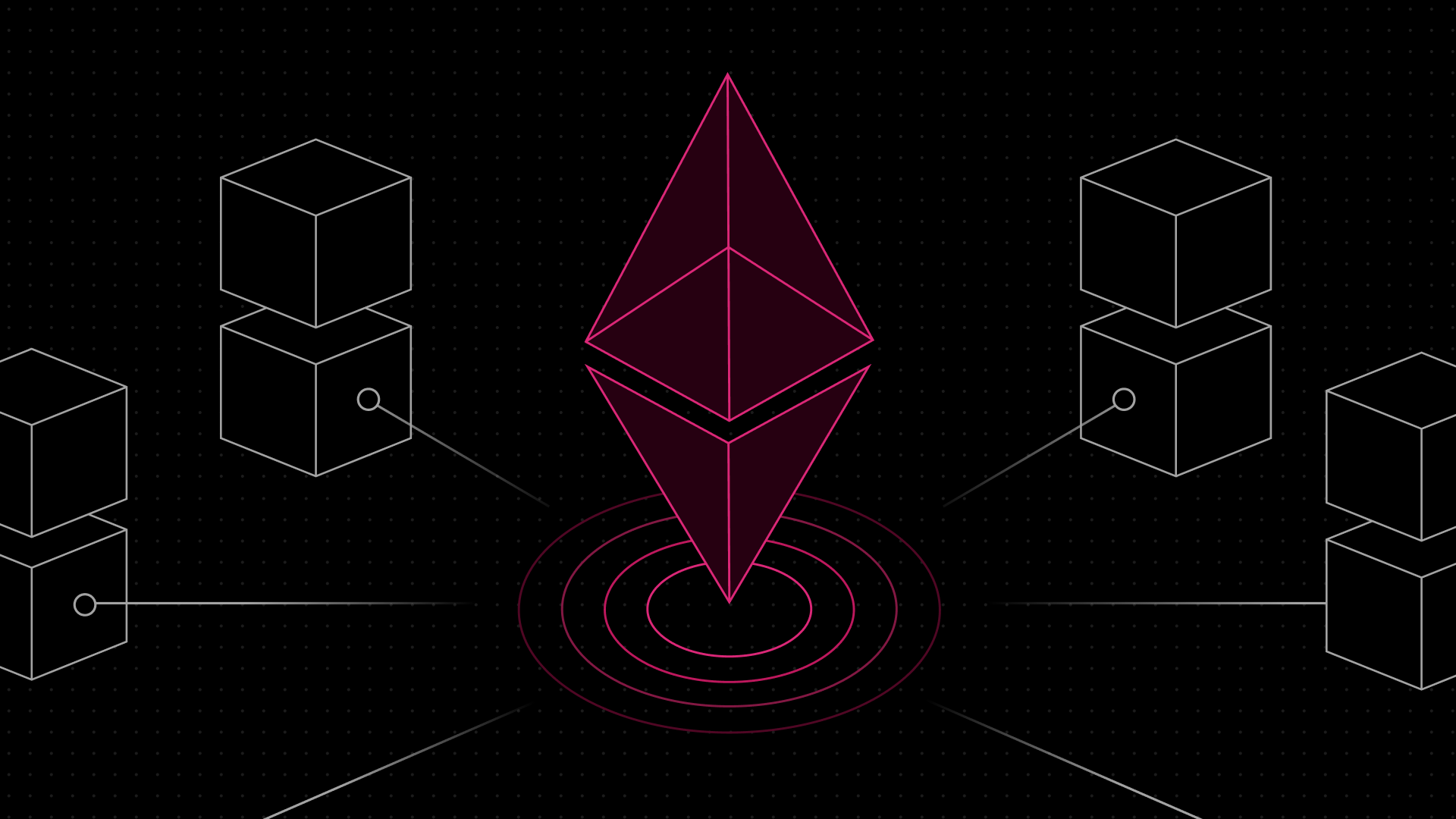What Is the Ethereum Virtual Machine (EVM)?

Blockchain technology has transformed the digital landscape, enabling decentralized transactions and applications. However, a persistent problem looms: how can blockchain platforms execute complex tasks while ensuring consistency, security, and scalability across a decentralized network?
The Ethereum Virtual Machine (EVM) addresses this challenge. As the engine powering Ethereum, the EVM enables decentralized applications (dApps), providing the infrastructure for reliable smart contract development.
But what is the Ethereum Virtual Machine, and why is it crucial to blockchain? Let’s explore its features, workings, and significance in depth.
What Is the Ethereum Virtual Machine (EVM)?
The Ethereum Virtual Machine (EVM) is a decentralized computational environment that executes smart contracts on the Ethereum blockchain. It acts as a virtual processor, ensuring all nodes on the Ethereum network execute transactions and contracts in a consistent and deterministic way.
In essence, the EVM serves as a universal platform for running decentralized applications, allowing Ethereum and EVM-compatible blockchains to function as trustless, decentralized global computers.
What Is an EVM Address?
An EVM address is a unique 42-character identifier used to represent accounts and smart contracts in Ethereum and other EVM-compatible blockchains. Following a hexadecimal format, they begin with 0x, followed by 40 characters (e.g., 0x5A7D3f3E8C6Ac03C6aA2D143A56d6aE0345d032).
EVM addresses are necessary for all EVM chain interactions, including; identifying sender and receiver for transfers of cryptocurrency or tokens, facilitating calls to smart contracts for functions like token swaps or staking, and tracking balances and transaction histories.
Why Is the EVM Important for Blockchain?
Without the EVM, the execution of smart contracts—self-executing digital agreements coded to enforce their terms automatically—wouldn’t be possible. These contracts underpin many blockchain use cases, including Decentralized finance (DeFi) protocols, Non-fungible token (NFT) marketplaces and Decentralized autonomous organizations (DAOs).
How Does the EVM Work?
The EVM operates as a virtual machine, simulating a physical computer’s operations to process smart contracts and other blockchain transactions. It's capable of a few key functions including:
Smart Contract Compilation
Smart contracts are typically written in high-level programming languages, such as Solidity or Vyper. These contracts are then compiled into bytecode, a machine-readable format executed by the EVM. This ensures smart contracts can be run on any node in the Ethereum network.
Isolated Execution of Smart Contracts
The EVM ensures that each smart contract operates in an isolated environment so that if one smart contract contains bugs or malicious code, it won’t affect the broader Ethereum network or EVM chains.
Gas and Resource Management
The EVM requires computational resources to execute tasks, which are paid for using a gas fee. This prevents abuse by making excessive or infinite loops costly, ensuring the network remains efficient.
Turing Completeness
The EVM is often called Turing-complete, meaning it can execute any algorithm, given enough computational power and time, and has a "state". This allows developers to create versatile and complex applications, from decentralized finance (DeFi) platforms to NFT marketplaces.
Decentralization
Unlike centralized servers, the EVM operates across thousands of nodes worldwide. This ensures that applications running on the EVM are trustless, secure, and censorship-resistant.
Deterministic Outputs
The EVM guarantees that every operation produces the same result across all nodes, ensuring network-wide consistency and reliability.
Cross-Chain Compatibility
Many networks such as Binance Smart Chain, Avalanche, and Polygon, have adopted the Ethereum Virtual machine to become EVM-compatible blockchains. This enables developers to deploy EVM contracts that work on multiple blockchains, fostering cross-chain interoperability.
What Is EVM Compatibility?
EVM compatibility refers to a blockchain’s ability to support the Ethereum Virtual Machine (EVM), allowing developers to deploy and execute Ethereum-based applications and smart contracts without requiring significant changes to the codebase. Since EVM chains can use the same programming languages, wallets and infrastructure, it's much easier to create cross-chain apps and interoperable functionalities.
Which Chains Are EVM Compatible?
Numerous blockchains have adopted EVM compatibility to leverage Ethereum’s developer ecosystem and infrastructure. Here are some of the most prominent EVM-compatible blockchains:
Polygon
Polygon, formerly known as Matic, is a prominent Ethereum sidechain. Developers can use Polygon’s infrastructure to create decentralized applications (dApps) that are faster and more cost-effective while leveraging Ethereum’s security.
Arbitrum
Arbitrum is a Layer 2 scaling solution for Ethereum, designed to enhance the network by providing faster and cheaper transactions while maintaining Ethereum’s core security and decentralization principles.
Base
Base, developed by Coinbase, is an Ethereum Layer 2 solution built to offer developers a low-cost and high-throughput platform. EVM-compatible by design, Base ensures seamless integration with Ethereum’s vast ecosystem of tools and applications.
ApeChain
ApeChain is a blockchain tailored specifically for the NFT and Web3 gaming ecosystems. By maintaining EVM compatibility, ApeChain enables developers to port Ethereum-based gaming and NFT dApps effortlessly.
Linea
Linea is a Layer 2 EVM network leveraging zk-rollups. It provides enhanced security and lower transaction costs.
Soneium
Soneium is a blockchain platform that focuses on enabling metaverse and decentralized applications. With its EVM compatibility, Soneium allows Ethereum-based dApps to integrate seamlessly within immersive virtual environments.
The EVM's Challenges
While the EVM has revolutionized blockchain technology, it is not without its challenges:
Scalability Issues
The EVM’s reliance on the Ethereum mainnet can lead to congestion and high gas fees during periods of high demand. However, since many chains use the EVM, there are tons of Layer 2 ethereum chains built for scalability that can help mitigate these concerns.
Complexity for Developers
New developers may find the EVM’s environment complex and challenging to navigate, particularly when debugging smart contracts. However, with thirdweb's tools, deploying a smart contract doesn't have to be difficult. thirdweb Contracts includes a library of audited smart contract templates, so you can focus on building an app.
Why the EVM Matters
Understanding what the Ethereum Virtual Machine is goes beyond its technical definition—it’s about appreciating the engine that powers the decentralized world. From executing smart contracts to enabling cross-chain compatibility, the EVM has become the foundation of blockchain innovation.
Whether you're a developer, investor, or enthusiast, the EVM’s impact on crypto and blockchain technology is undeniable, paving the way for a future defined by decentralization and trustless applications.
